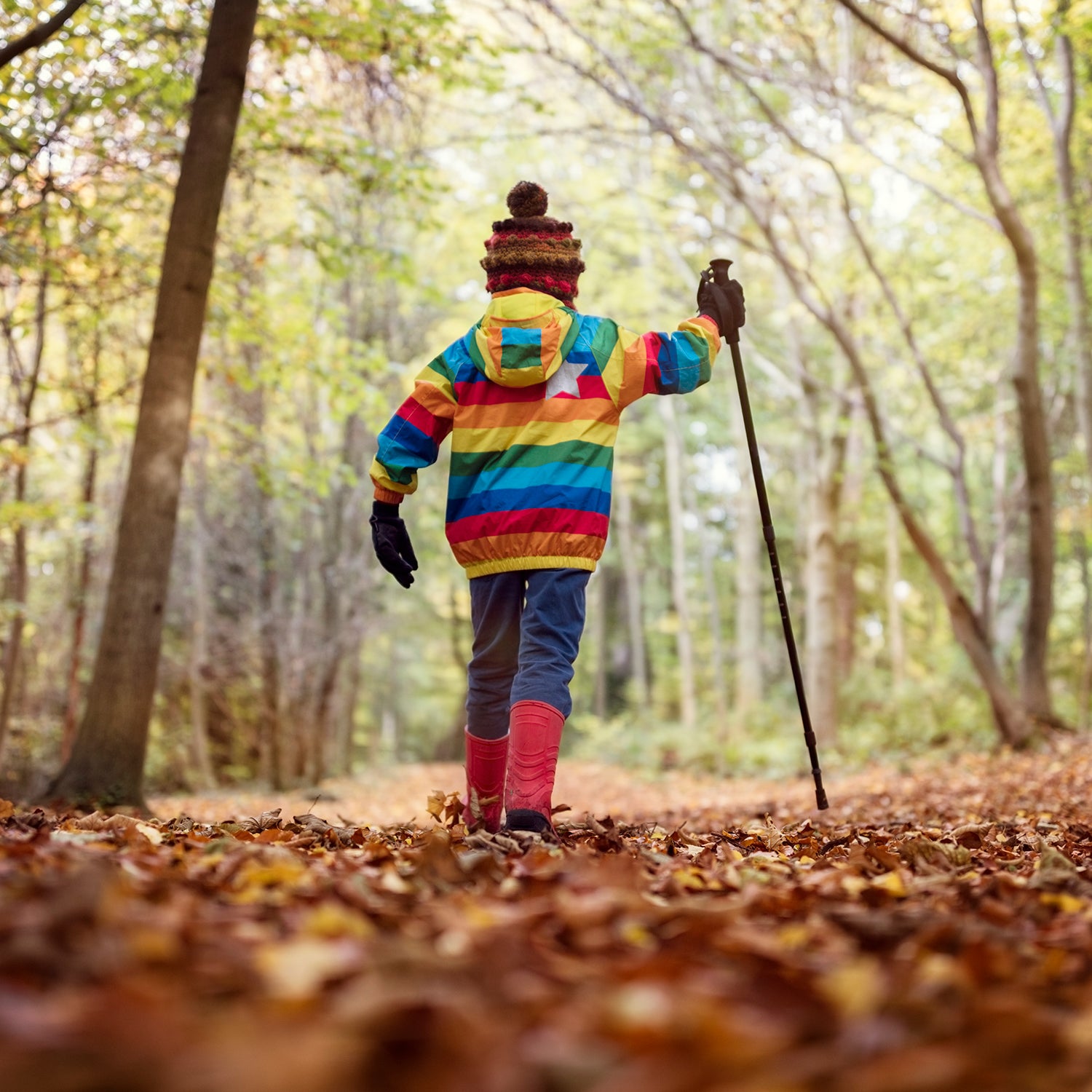The average American child between the ages of 8 and 12 spends in front of screens. That’s about four hours a day of being sedentary, slack-jawed, and glassy-eyed. And while screens aren’t inherently bad—they help kids connect with distant relatives and complete schoolwork—too much screen time can lead to less sleep, reading, physical activity, and time outdoors. Screens, in other words, often rob children of the things that help them thrive. This has been a growing concern for years, but it’s become acute during the pandemic.
As parents, we’re bombarded with warnings about the dangers of excess screen time. But rarely are we presented with concrete solutions to combat it.
That’s why I’m such a fan of the project. The brainchild of a Michigan mom named Ginny Yurich, the premise of 1000 Hours ���ϳԹ��� is simple and straightforward: if your kids can spend four hours a day in front of screens, they can spend a roughly equal amount of time outside. Yes, even if both parents work. Even if you live in a place with gray, freezing winters. And even if you’re “an overweight mother with a pile of laundry” who “belly-flopped into motherhood,” which is how Yurich described herself to me over the phone earlier this month.
Yurich’s own journey to spending 1,000 hours a year outside with her five kids, ages 4 to 12, began nearly a decade ago. In 2011, she was “drowning” as a mother, barely keeping her head above water while trying to care for three tiny humans. That fall a friend who had been reading about a turn-of-the-century British educator named Charlotte Mason convinced Yurich to take up Mason’s recommendation to try and spend four hours a day outside. It seemed like a ludicrous proposition for our 21st-century lives—“My kids don’t do anything for four hours,” Yurich said. But the first day, her toddlers played the entire time at an urban park in Detroit, pausing only for snacks, and Yurich took what felt like her first deep breath in years. She was hooked. Before long she’d organized a local group focused on unstructured nature play and began spending regular four-to-six-hour chunks of time outside in the Detroit metro area. After two years, she added it up and realized that her family had spent some 1,200 hours a year outside—the same amount of time that most kids spend staring at screens.
“It made me pause and reflect,” she said. “I could look back and see what a full year we’d had, and how many foundational memories we made, and I just thought, Kids are losing all those hands-on, real-life moments to virtual experiences.”
So Yurich launched a website to give other parents resources and inspiration to replace screen time with outdoor time. Today she estimates that more than 100,000 families from around the world have participated in the 1000 Hours ���ϳԹ��� challenge. And as of this January, I’m one of them. Spending 1,000 hours outside this year with my two-year-old daughter is my only New Year’s resolution. And I encourage you to join me. Whether your family’s screen time crept to uncomfortable levels in 2020, or whether the pandemic forced you to spend more time outside and you want to maintain the momentum, 1000 Hours ���ϳԹ��� is the perfect goal to throw your 2021 energy into (assuming you have a shred of energy left).
Here’s how it works: First, you don’t actually have to hit 1,000 hours; one single mom who has her kids half the time set a goal of 260 hours. Maybe 500 seems doable for you. “It’s not really about the number, it’s about the intention,” Yurich said. “The average kid is getting less than ten minutes a day of unstructured outdoor time, so whatever you do, you can be proud of.”
Another key is tracking your progress. We track so many aspects of our lives—from how many books we read to the hours we spend working to the miles we run or bike—that our children’s outdoor time may feel like one number we shouldn’t have to count. But tracking things keeps us accountable; show that we’re more likely to meet goals when we track our progress. And fortunately, you don’t need another app to monitor your family’s outdoor time: 1000 Hours ���ϳԹ��� provides free printouts to do it the analog way. I’ve already printed one out and have it hanging by the door; filling in a circle for each hour we spend outside is great motivation.
The 1000 Hours ���ϳԹ��� website also offers ideas and inspiration for how to squeeze in more outdoor time—things like night hikes, walking to school, vacations built around the outdoors, and short-term challenges, like a screen-free week. And the nice thing about tracking your progress over a whole year, rather than just a week or month, is that it gives you some grace. Yurich says that even her family doesn’t get outside every day, but they make up for winter days spent indoors by packing more outdoor time into the summer.
Since she began spending so much time outside, Yurich has noticed changes in her own mental health and in her kids’ social, physical, and cognitive development. “The premise is really simple,” she said, “but the impact is really profound. You have to make a conscious choice of what you want to fill your life with. Otherwise time just slips away.”


